The kitchen triangle – a layout rule to heed or ignore? Experts answer your questions
Is the kitchen triangle a design layout you should follow – or have today's kitchens moved past it?
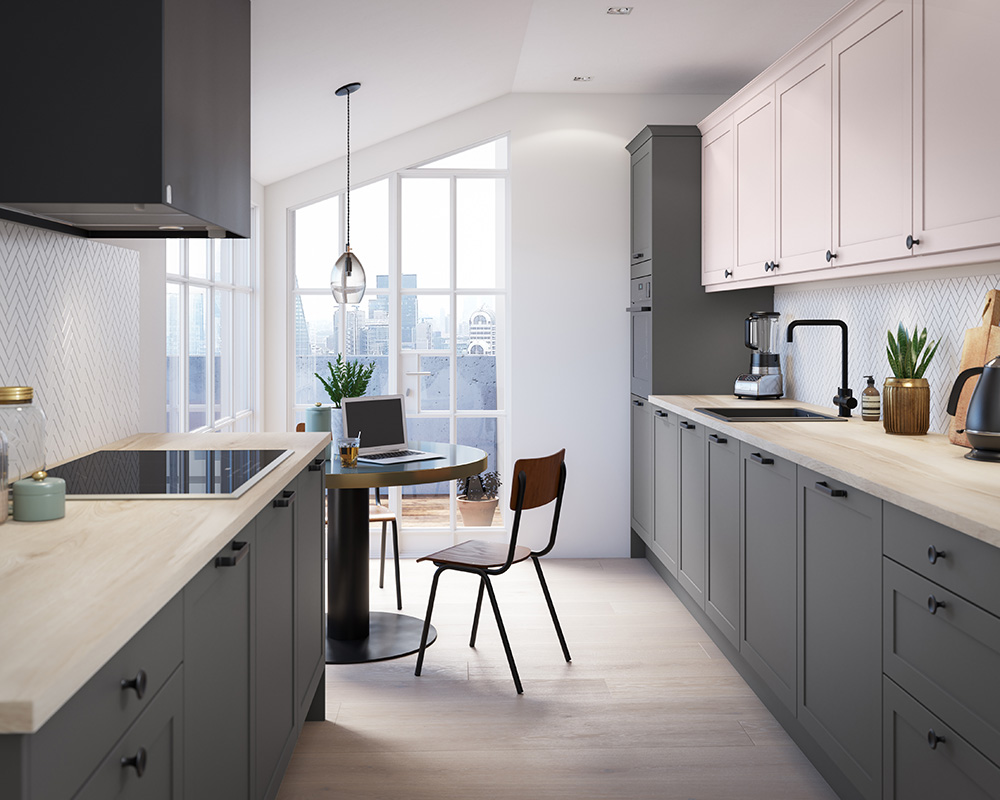

The kitchen triangle – you might also hear it called 'the kitchen working triangle' or, more alluringly, 'the golden triangle' – is one of those kitchen design rules that's been knocking about since researchers at the University of Illinois School of Architecture developed it in the 1940s to cut construction costs.
Despite being created to save money, it was enthusiastically adopted by kitchen designers who felt it made kitchen layouts more efficient – and we've stuck with it for decades. But is it still relevant, and should you be incorporating into your kitchen remodel?
We asked the experts to demystify the kitchen work triangle – and put your most asked questions to them.
See: Kitchen ideas – decor and decorating ideas for all kitchens
1. What is the kitchen work triangle?
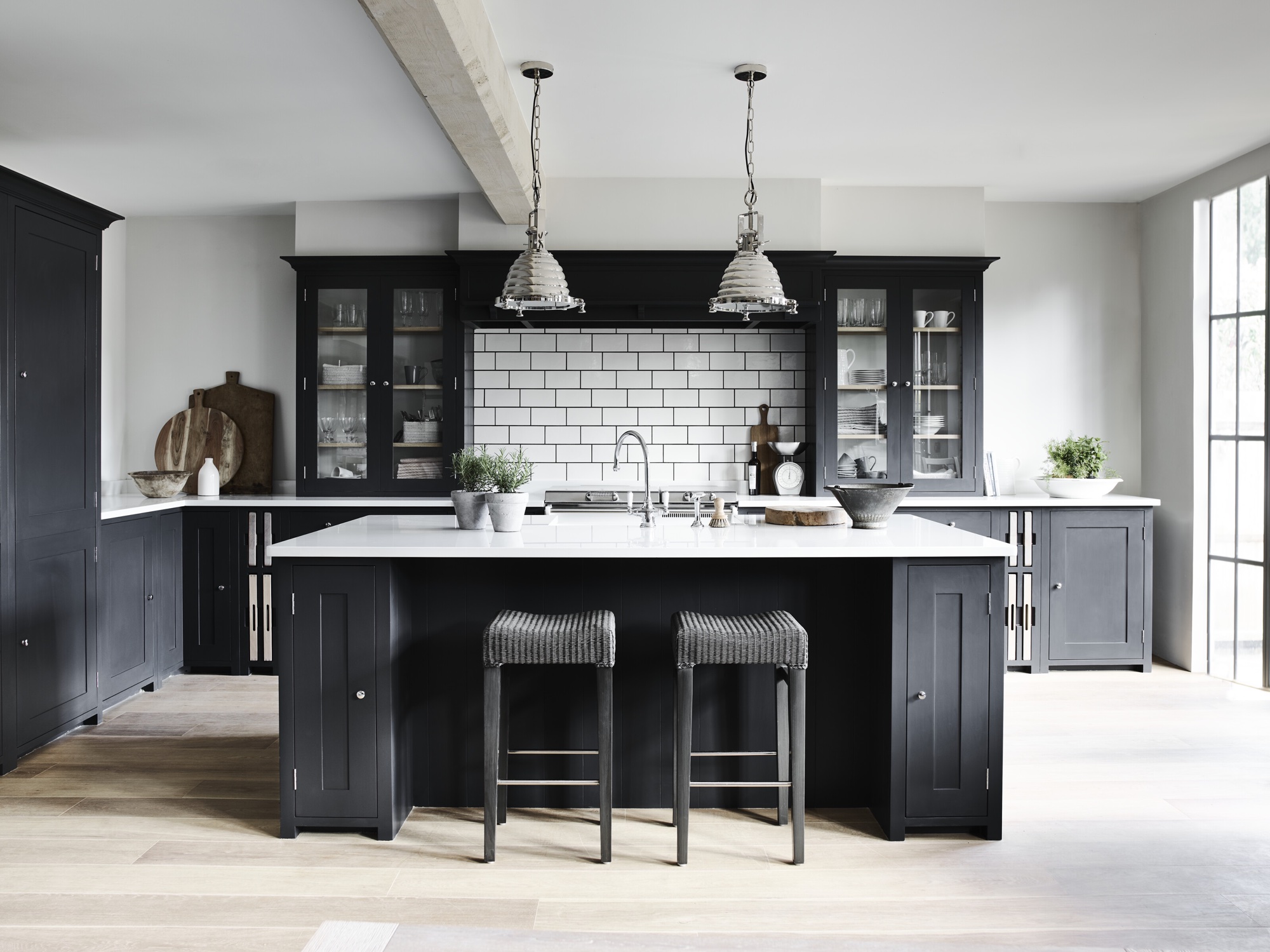
'The kitchen work triangle is based on the three main work areas: the sink, the refrigerator, and the stove,' says Adrian Bergman, Senior Designer at British Standard by Plain English. 'According to the rule, these should be laid out to loosely form a triangle, enabling you to perform day to day tasks with relative ease and without obstruction.'
According to the kitchen triangle rule, each side of the triangle should measure no less than four feet and no more than nine feet and, ideally, the perimeter of the triangle should be no less than 13 feet and no more than 26 feet.
In other words, not too small and not too large. This should ensure that your working area is practical, comfortable and large enough – but not so large that much of your time is spent walking between one point and another. And, of course, there should be no interruption in the flow – of if you are plotting a table in the middle of your kitchen triangle, think again.
Sign up to the Homes & Gardens newsletter
Design expertise in your inbox – from inspiring decorating ideas and beautiful celebrity homes to practical gardening advice and shopping round-ups.
The kitchen triangle rule helps to address questions, such as, where should a refrigerator be placed?
- See: Kitchen layout ideas – clever ways to arrange cabinetry and configure your space
2. What are the three items in a kitchen triangle?
Put simply, the three items that form the kitchen triangle are the sink, refrigerator and stove.
3. What is the purpose of the kitchen triangle?
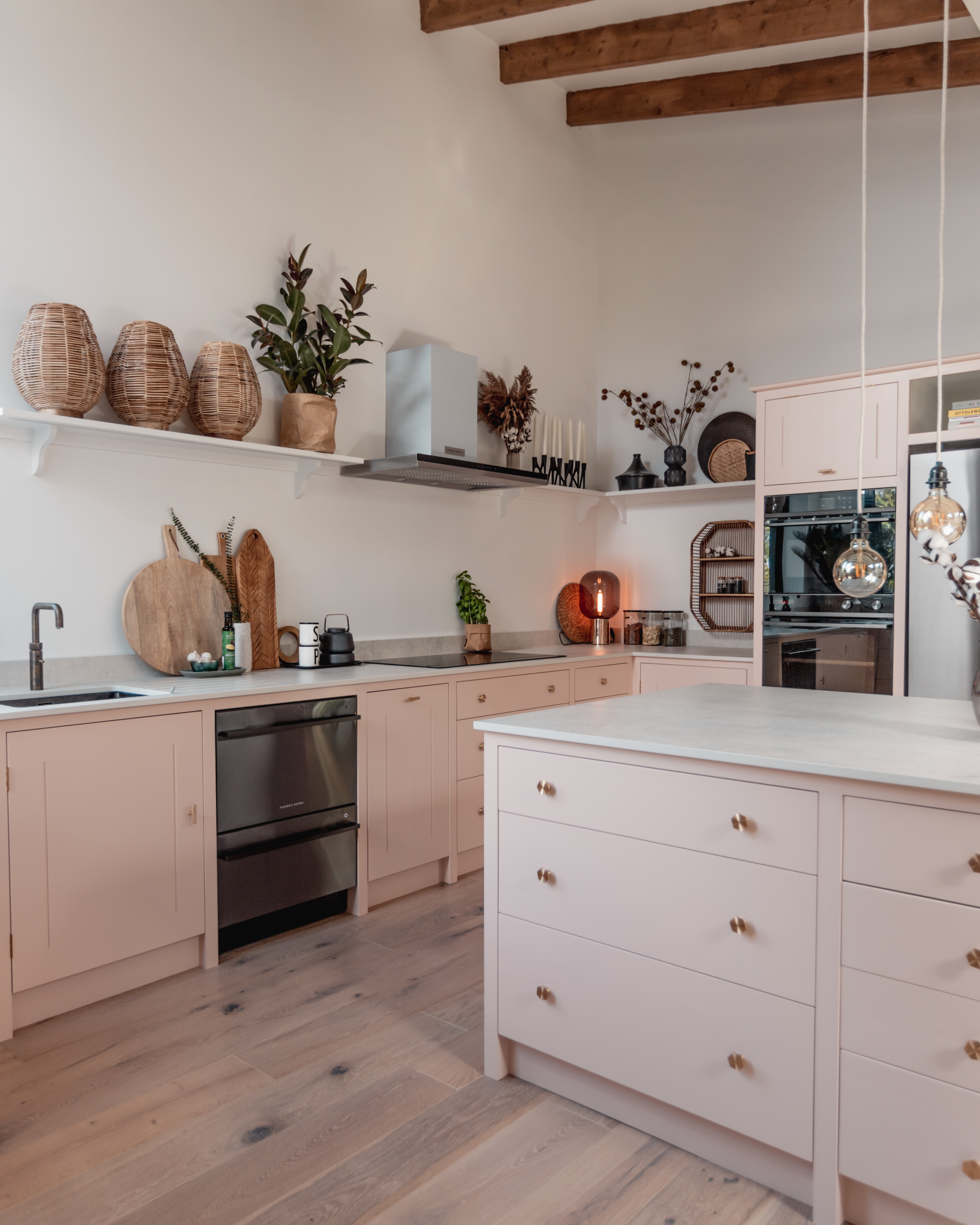
Adrian says: 'The purpose of the kitchen triangle is to allow you to move seamlessly and easily between working areas of the kitchen.'
George Miller, Home Designer at Neptune Fulham says: 'With three key elements at the core of its purpose, the kitchen triangle creates an efficient space and reduces the back and forth walking distance between each essential station of the kitchen; cook, store, clean.'
4. Is the kitchen triangle outdated?

The overall opinion of kitchen experts is that the kitchen triangle is a good design principle, but that the changing needs of the modern family means you don't need to stick to it steadfastly. Cooking is no longer – or not always – the responsibility of one person in the modern household. And because many families now might have more than one cook operating at a time, the three points of the triangles are now likely to be 'working zones' (the cooking zone, the cleaning zone, the prep zone and the storage zone) within a kitchen – particularly in larger kitchens that have more generous space.
In contrast, galley kitchens don't always lend themselves to the working kitchen triangle. That said, and whatever the size or shape of your kitchen, it is still worth keeping the efficiency of movement that a kitchen triangle can bring in mind when working up a new design.
Helen Parker, deVOL's Creative Director, agrees it often forms naturally, saying: 'It is important to pay equal attention to aesthetics and functionality, if you only focus on one of these then your kitchen will not work, therefore such elements as kitchen triangles and zoning will generally just happen rather than being the main consideration.
'We like to make simple open rooms that are comfortable and calm to live in and not focus on zoning, this is not to say we don't bear these factors in mind but we do not design with this as our main concern, it is not the key to a perfect kitchen.'
5. How do you design a kitchen triangle with an island?
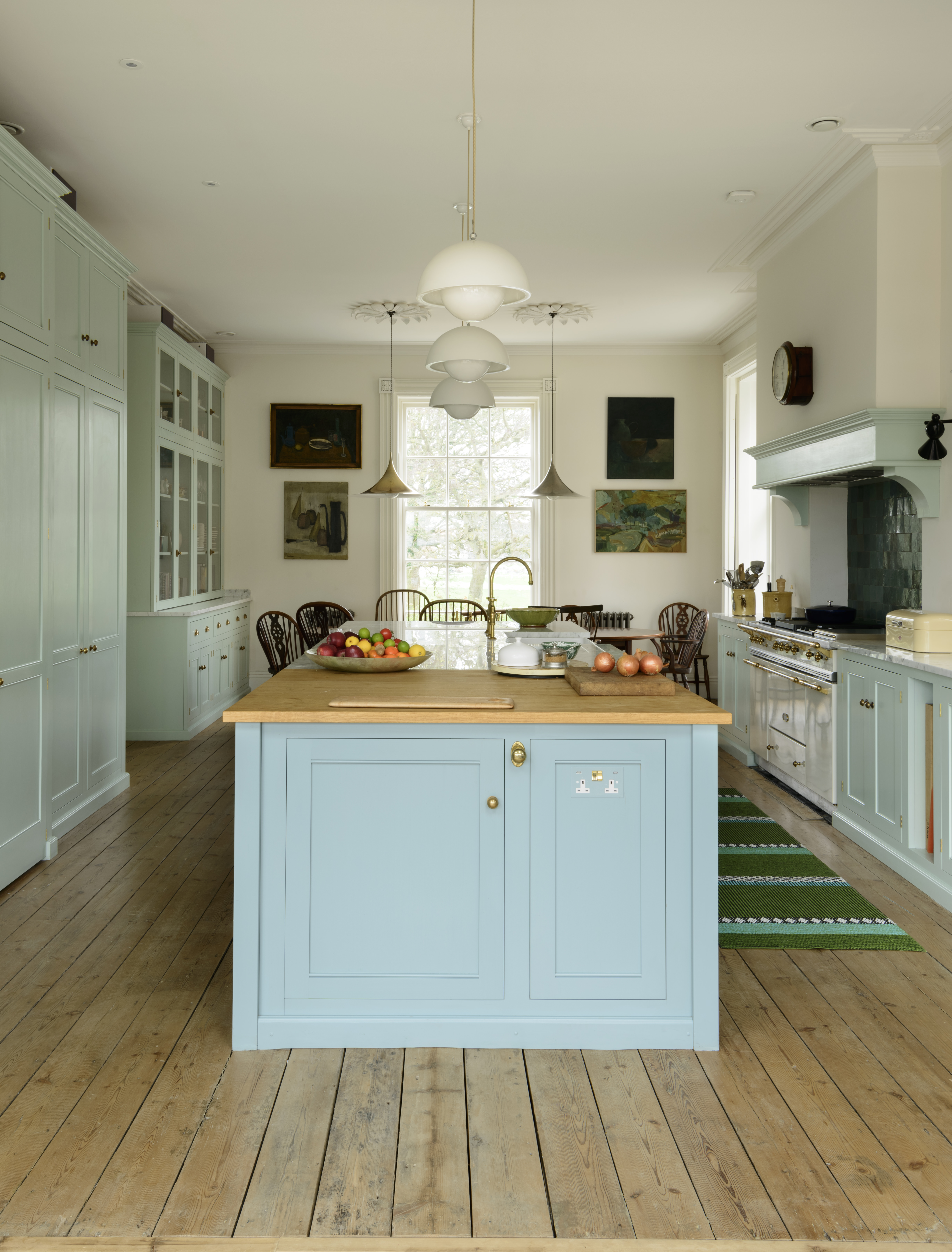
You can, of course, incorporate one of the triangle's corners – or an extra prep area to cater to a second cook – in the kitchen island.
'The idea of the work triangle is not a rule we follow consciously or prescriptively,' says Adrian, of British Standard by Plain English. 'We always design to the client's requirements and the nature of the space, and often the triangle inevitably falls into place naturally. It is not a hard and fast rule as many clients prefer to have their fridges hidden in an adjoining larder or utility.
'Also, many people aspire to have a kitchen island which becomes the main prep area, adding a fourth corner, the kitchen rhomboid!'
6. What are new layouts to consider outside of the kitchen work triangle?
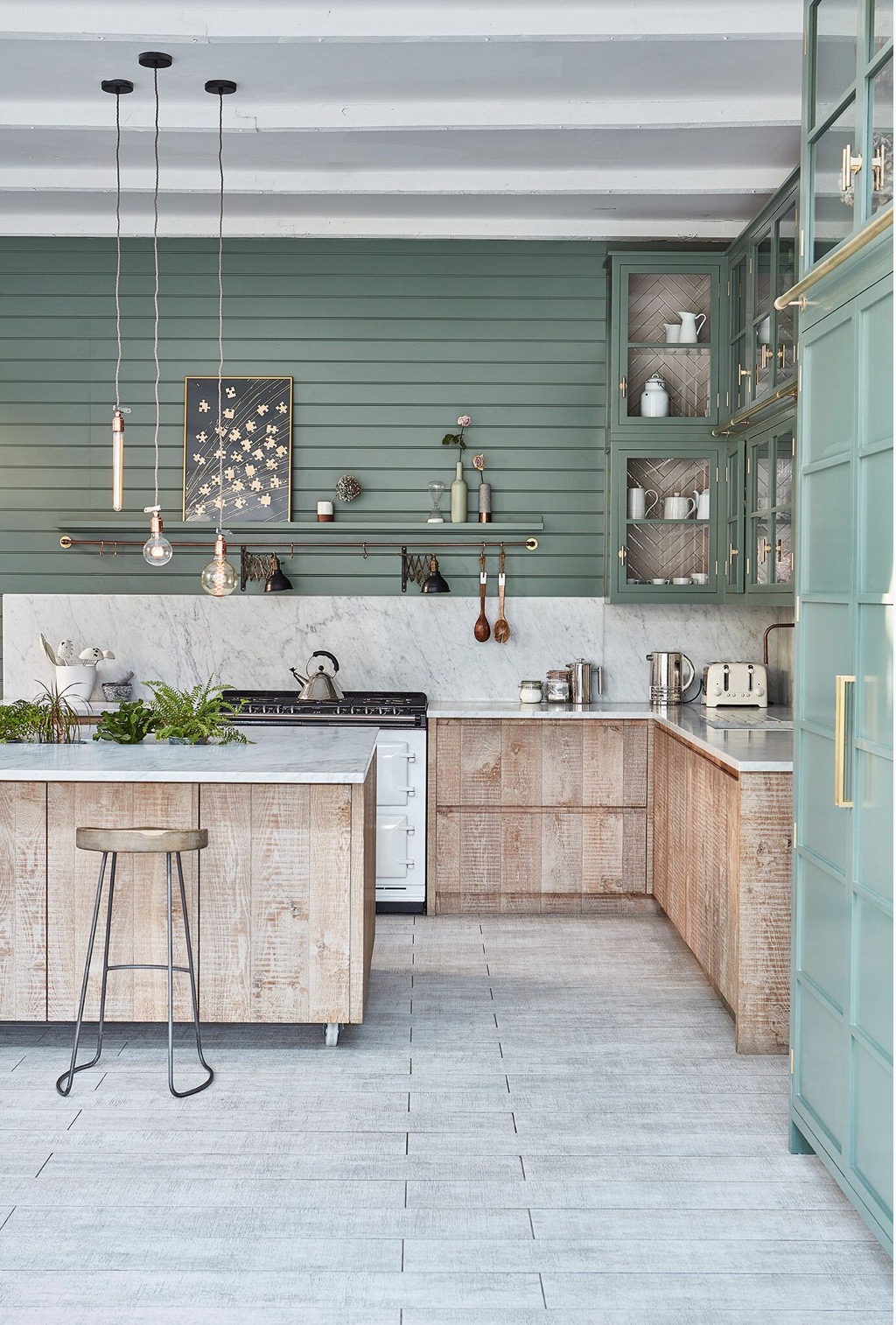
Many contemporary homes now need to cater for different design layouts that work for the space and the family. Annie Ebenston, Lead Designer at Blakes London, says: 'We pay incredibly close attention to how a kitchen is used and the flow within the space, but each person and each home needs to be thought about holistically as not everyone cooks or uses a space in the same way.
'Factors to consider will be the amount of space that is available and the types of appliances a client uses. Drawer fridges are ever more popular, especially when combined with a walk-in pantry or second utility kitchen where a larger overflow fridge, dishwasher and sink may be located. Smaller prep sinks on islands or even two sinks on both runs are not unusual.
See: Pantry ideas – versatile storage that’s equally suited to modern life
'A second kitchen or a dirty kitchen is an increasingly popular way of laying out a kitchen scheme especially in open-plan homes. All of these popular designs would kibosh the kitchen triangle concept.'

Ruth Doherty is an experienced digital writer and editor specializing in interiors, travel and lifestyle. With 20 years of writing for national sites under her belt, she’s worked for the likes of Livingetc.com, Standard, Ideal Home, Stylist and Marie Claire as well as Homes & Gardens.
-
 Victoria Beckham has a unique formula for perfect bedding: 'Very expensive sheets and cheap pillows' – you can follow her example from $15
Victoria Beckham has a unique formula for perfect bedding: 'Very expensive sheets and cheap pillows' – you can follow her example from $15Victoria revealed she goes for crisp, white bed sheets and pillows with neck support from Target – and you can shop similar buys at an ultra-low cost
By Hannah Ziegler Published
-
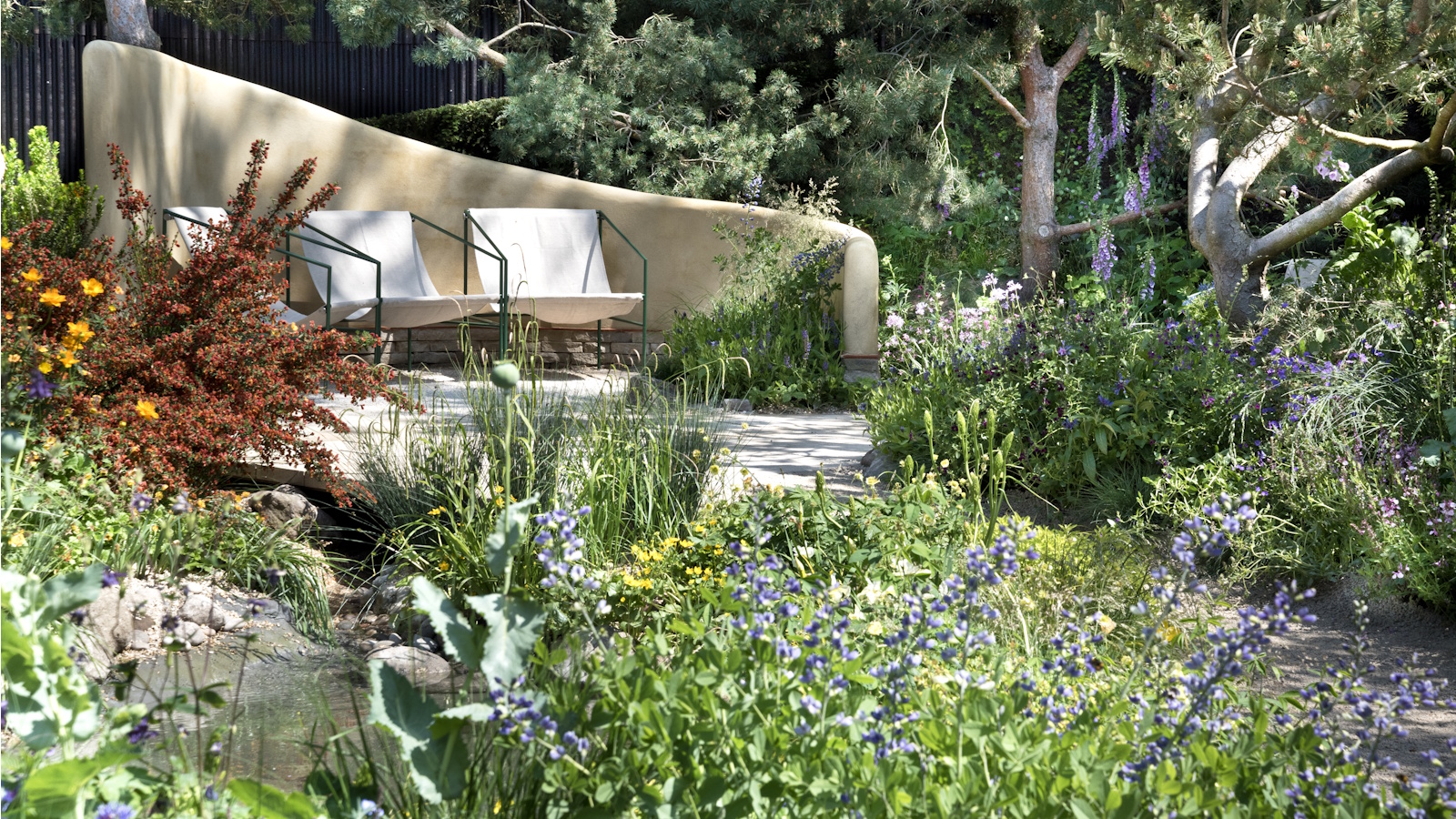 I just discovered the best non-toxic product for getting rid of ants in your yard – and you probably already have it in your bathroom cupboard
I just discovered the best non-toxic product for getting rid of ants in your yard – and you probably already have it in your bathroom cupboardThis household item is an effective ant deterrent that doesn't leach harmful chemicals into your soil
By Tenielle Jordison Published